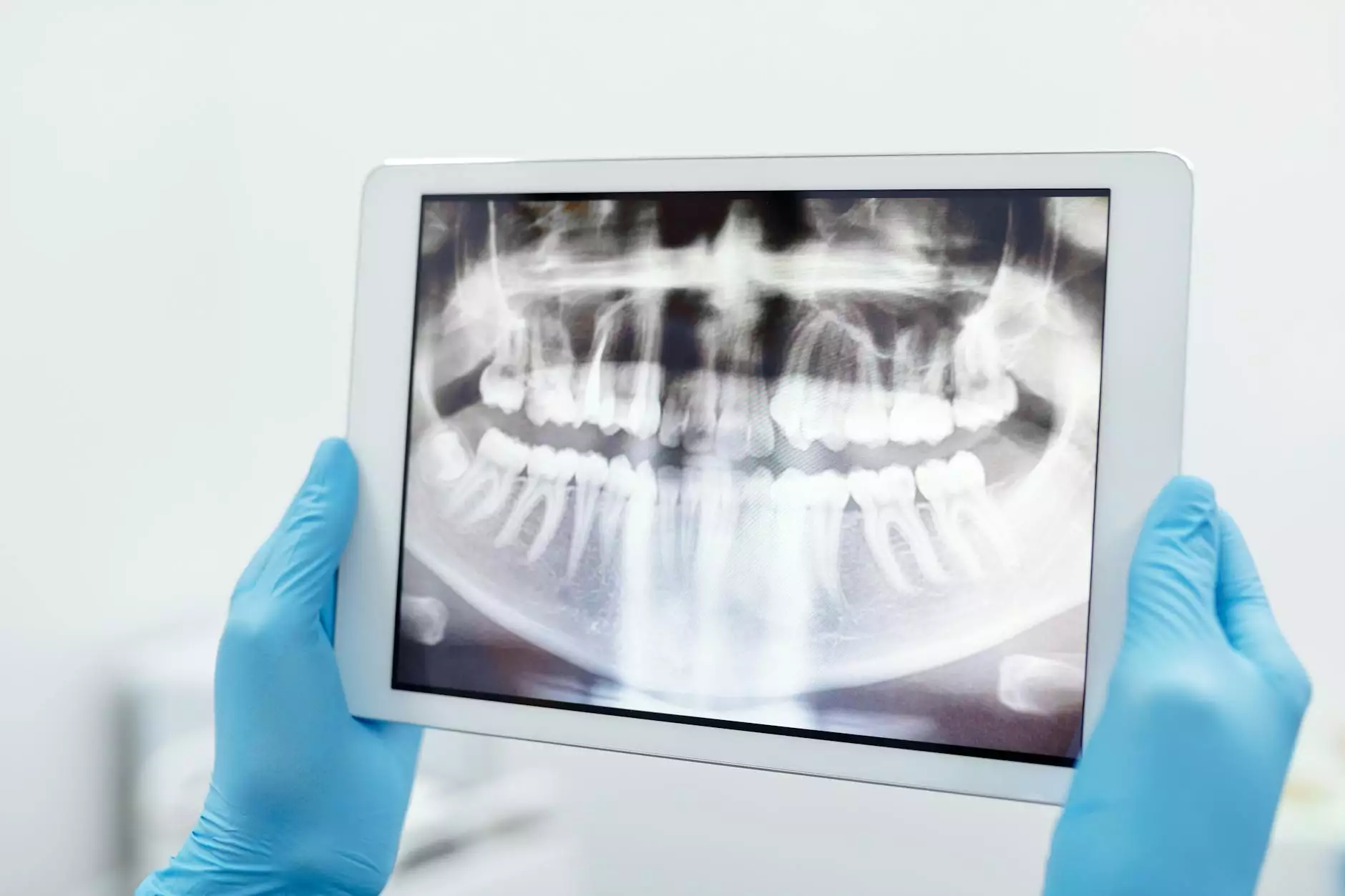Understanding Treatment for Periodontitis: A Comprehensive Guide

Periodontitis is a serious gum infection that damages the soft tissue and destroys the bone that supports your teeth. If not treated, it can lead to tooth loss and other health issues. The treatment for periodontitis involves various strategies ranging from at-home care to professional medical interventions. This guide aims to provide detailed insights into the causes, symptoms, and effective treatments for periodontitis, ensuring that you can maintain optimal oral health.
What is Periodontitis?
Periodontitis is an advanced form of gum disease, often resulting from poor oral hygiene that allows plaque — a sticky film of bacteria — to build up on your teeth, which can lead to inflammation. If the plaque is not removed, it can harden into tartar, leading to further complications.
Stages of Periodontitis
- Gingivitis: The earliest stage of gum disease characterized by redness and swelling of the gums. It can often be reversed with good oral hygiene.
- Early Periodontitis: Increased inflammation and mild bone loss around teeth. This stage may cause some gum recession.
- Moderate Periodontitis: More severe bone loss and deep pockets formed between the teeth and gums, potentially leading to more noticeable symptoms.
- Advanced Periodontitis: Severe damage to the supporting bone structures. This stage often results in tooth mobility and loss.
Causes of Periodontitis
The primary cause of periodontitis is plaque buildup. However, several factors can increase your risk, including:
- Poor oral hygiene: Failing to brush and floss regularly allows plaque to turn into tartar.
- Smoking: Tobacco users are more likely to develop gum disease.
- Genetics: Some individuals may be genetically predisposed to gum disease.
- Hormonal changes: Women can experience changes during menstrual cycles, pregnancy, and menopause that affect gum health.
- Diabetes: People with diabetes are more prone to developing infections, including periodontal disease.
- Other diseases: Conditions such as cancer, HIV/AIDS, and rheumatoid arthritis can increase an individual's risk.
- Medications: Certain medications that cause dry mouth or gum overgrowth can impact oral health.
Symptoms of Periodontitis
Recognizing the signs of periodontitis early can help prevent serious complications. Key symptoms include:
- Swollen or bleeding gums: Gums may bleed during brushing or flossing.
- Bad breath: Persistent bad breath is a common sign of gum disease.
- Receding gums: Gums may start to pull away from the teeth.
- Loose teeth: Periodontitis can cause teeth to become loose or shift positions.
- Changes in bite: Changes in how your teeth fit together when you bite down.
Treatment for Periodontitis
The treatment for periodontitis is critical for preventing further damage and maintaining overall health. Here’s a comprehensive breakdown of the best treatment options available:
Non-Surgical Treatments
Most cases of periodontitis can be treated non-surgically. Common options include:
- Scaling and Root Planing: A deep-cleaning method that removes plaque and tartar from above and below the gum line, smoothing the root surfaces to promote healing.
- Antibiotic Therapy: Prescription of topical or oral antibiotics to help control bacterial infection. This can include antimicrobials for application in the gum pockets.
- Improved Oral Hygiene Practices: Your dentist may recommend changes in your brushing and flossing techniques to improve oral care at home.
Surgical Treatments
In more severe cases of periodontitis, surgery may be required. Surgical treatments can include:
- Flap Surgery (Pocket Reduction Surgery): The gums are lifted back to remove tartar and then sutured into place so that the tissue fits snugly around the tooth, minimizing the space between the tooth and gum.
- Tissue Grafting: In cases of significant tissue loss, gum or bone grafts may be utilized to regenerate lost periodontal tissue.
- Guided Tissue Regeneration: This technique helps grow bone and tissue that were destroyed by periodontitis. A small piece of mesh-like fabric is placed between the bone and gum tissue to facilitate regeneration.
Aftercare and Maintenance
Post-treatment care is instrumental in maintaining gum health and preventing recurrence. Key suggestions include:
- Regular Dental Visits: Scheduling regular checkups every six months can help catch any signs of gum disease early.
- Daily Oral Hygiene: Brushing at least twice a day and flossing daily to remove plaque buildup.
- Healthy Lifestyle Choices: Avoid smoking, maintain a balanced diet rich in vitamins, and manage conditions like diabetes effectively.
Conclusion
Understanding the treatment for periodontitis is vital for anyone experiencing symptoms of gum disease. Early intervention can lead to effective management and prevention of further complications such as tooth loss. Committing to thorough oral hygiene, regular dental visits, and being informed about the stages and treatment options of periodontitis can significantly influence your oral health. For residents seeking expert advice and care, teethattiongbahru.com offers top-tier services in General Dentistry, Orthodontics, and more. Take control of your oral health today!









